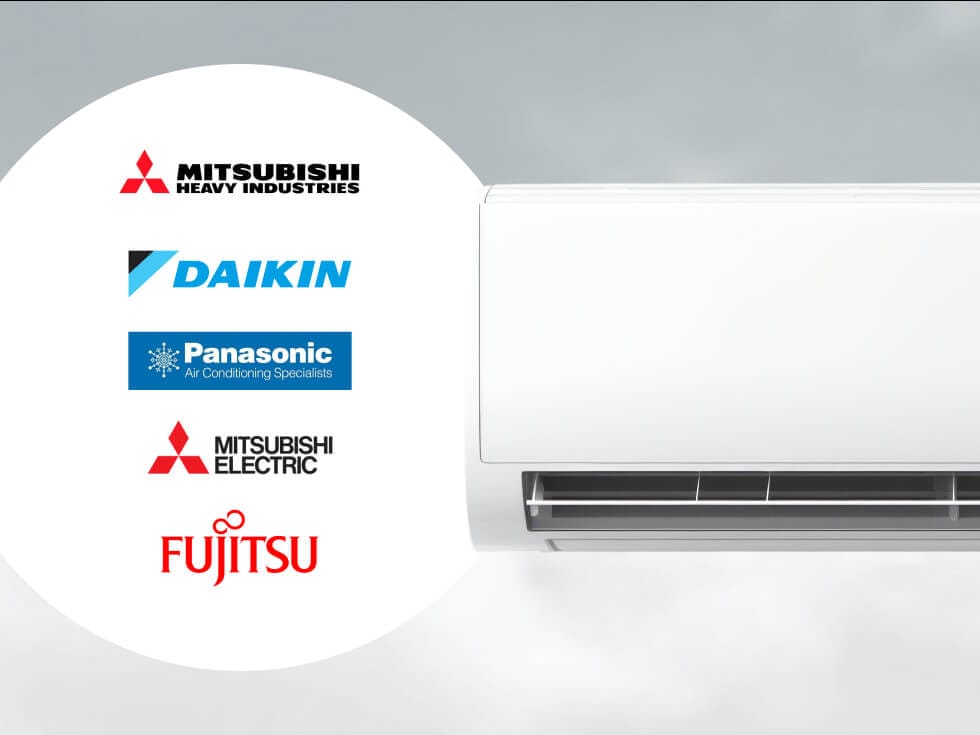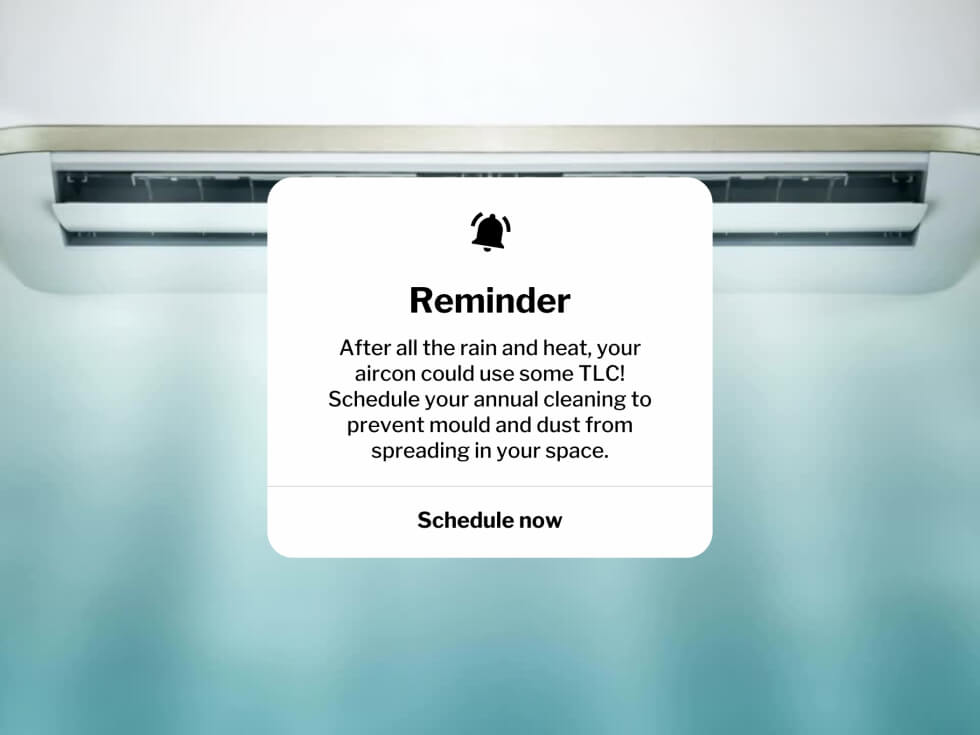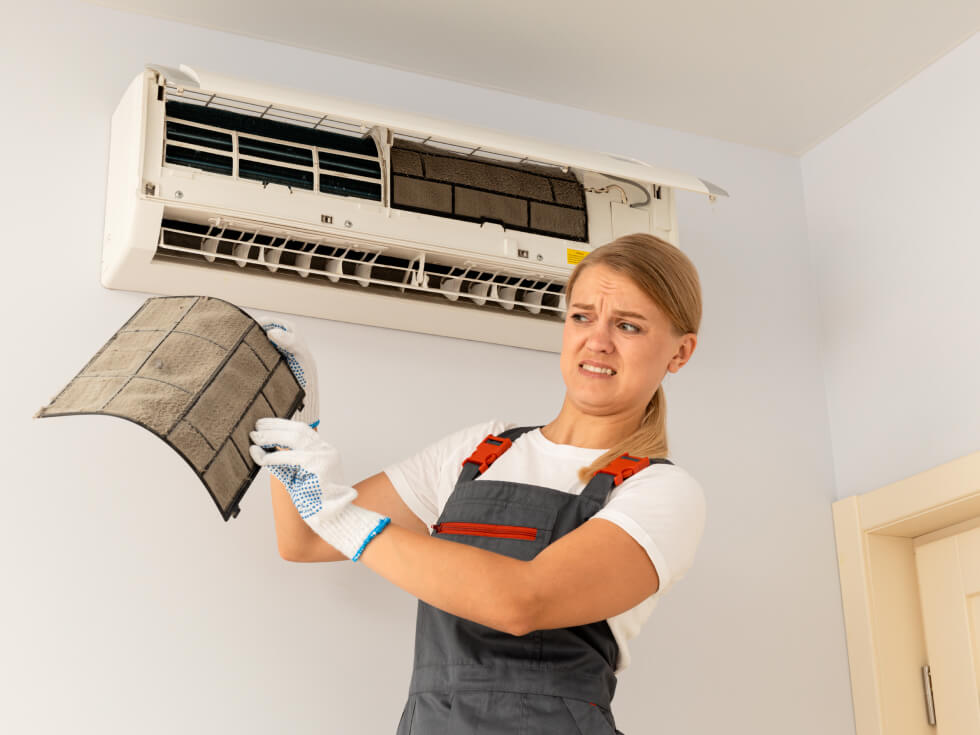We’re seeing a surge in zoned air conditioning systems across Australia and it’s no surprise, given our scorching climate.
Zoned air conditioning divides your home into separate climate-controlled areas. It uses dampers to direct airflow where you need it most. The beauty of zoned systems lies in their flexibility. You can cool the lounge while you watch telly, then switch to the bedroom when it’s time to hit the hay. It’s all about personalised comfort without wasting energy on empty rooms.
Energy efficiency is a big draw for these systems. They’re particularly suited to larger homes with lots of space to cool. And let’s face it, in our climate, that’s a game-changer. The potential for cost savings is significant, especially when you consider the long, hot summers we face.
Key Takeaways
- Zoned air con divides homes into separate climate-controlled areas
- Ducted zone systems offer personalised comfort
- Multi-zone climate control is energy efficient
- Zoned air conditioning is ideal for larger Australian homes
- These systems can lead to significant cost savings
Core Components of a Zoned Air Conditioning Setup
Zoned ac units are revolutionising climate control in Australian homes. Let’s explore the key components that make air conditioning zoning possible.
Indoor and Outdoor Units Explained
The heart of a climate zoning system lies in its indoor and outdoor units. The indoor unit, typically installed in the roof cavity, handles air distribution. The outdoor unit, placed outside, manages heat exchange. Together, they form the backbone of zoned air conditioning.
Dampers and Zone Motors
Dampers and zone motors are crucial for air conditioning zoning. They control airflow to different areas of your home. In a typical setup, there are five to seven zones, such as living areas, bedrooms, and studies. These components allow for precise adjustments, with some systems offering percentage-based airflow control for optimal balance.
Control Systems and Smart Integration
Modern zoned ac units feature advanced control systems. These allow homeowners to manage temperatures in each zone independently. Smart integration enables control via smartphones or tablets, offering convenience and enhanced energy efficiency. With proper zoning, households can reduce energy bills by up to 30% by cooling only needed areas.
| Component | Function | Benefit |
|---|---|---|
| Indoor Unit | Air Distribution | Targeted Cooling |
| Outdoor Unit | Heat Exchange | Efficient Operation |
| Dampers | Airflow Control | Customised Comfort |
| Smart Controls | Remote Management | Energy Savings |
How Zoned Air Conditioning Works
A ducted zone system channels air through roof ducts to separate cooling zones. Each zone has its own outlet vent, allowing for independent temperature management.
The magic of zoning hvac lies in its smart components. Dampers regulate airflow intensity, giving you fine control over each zone’s climate. Sensors measure temperatures in different areas, adjusting the system to maintain optimal comfort.
We’ve found that one in three couples argue about air conditioner temperature. Zoned systems solve this by letting you set different temperatures for each space. Men typically prefer it 2.5 degrees cooler than women, making separate cooling zones a relationship saver!
Temperature Sensing Technology
At the heart of climate zoning systems are sophisticated sensors. These devices continuously monitor temperatures in each zone, relaying real-time data to the central control unit. This constant feedback loop ensures that your multi-zone climate control system maintains desired temperatures with remarkable accuracy.
Airflow Distribution Methods
The distribution of conditioned air is a key component of zoned air conditioning. Dampers within the ductwork open and close as needed, directing airflow to specific zones. This targeted approach allows for efficient cooling or heating of occupied areas while minimising energy waste in unused spaces.
Zone Communication Systems
The seamless operation of a climate zoning system relies on effective communication between components. Advanced algorithms process data from sensors, dampers, and thermostats to optimise performance. This interconnected network ensures that your multi-zone climate control system responds swiftly to changing conditions and preferences.
| Feature | Benefit | Impact on Energy Use |
|---|---|---|
| Independent Temperature Zones | Customised comfort for different areas | Up to 30% reduction in energy consumption |
| Smart Sensors | Precise temperature control | Minimises unnecessary system cycling |
| Adaptive Airflow | Efficient distribution of conditioned air | Reduces energy waste in unoccupied zones |
| Integrated Communication | Responsive system adjustments | Optimises overall system efficiency |
Smart Features and Modern Controls
Energy-efficient zoning in air conditioning has evolved with smart features and modern controls. Zoned AC units now offer advanced technology for optimal comfort and energy savings. Let’s explore the cutting-edge capabilities of climate zoning systems.
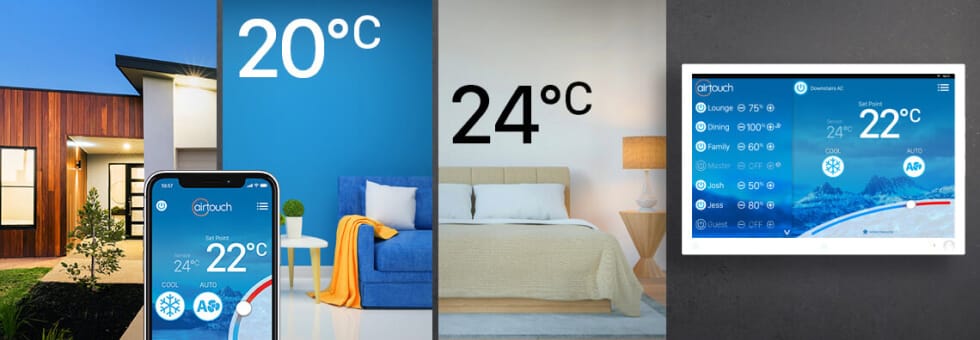
Mobile App Integration
Modern zoned AC units come with mobile apps for remote control. We can adjust temperatures, set schedules, and monitor energy use from our smartphones. This convenience allows us to manage our home’s climate from anywhere, ensuring comfort upon arrival.
Programmable Schedules
Climate zoning systems offer programmable schedules tailored to our routines. We can set different temperatures for various times of the day in each zone. This feature optimises energy use by cooling or heating only the rooms in use.
Temperature Monitoring Systems
Advanced temperature monitoring is a key feature of energy-efficient zoning. These systems use multiple sensors to track temperatures throughout the home, not just in one location. This allows for precise climate control in each zone.
| Feature | Benefit | Energy Saving Potential |
|---|---|---|
| Geofencing | Automatic on/off based on location | Up to 15% |
| Multi-zone Control | Individual room temperature settings | Up to 20% |
| Smart Integration | Centralised control with other devices | Up to 10% |
| Energy Usage Insights | Optimised consumption patterns | Up to 25% |
These smart features enhance the efficiency of zoned AC units, making climate zoning systems a smart choice for Australian homes seeking comfort and energy savings.
Energy Efficiency and Cost Savings
Zoned air conditioning systems offer remarkable energy efficiency and cost savings for Australian homes. By implementing energy-efficient zoning, we can cool or heat only the areas in use, significantly reducing energy consumption. This targeted approach allows for more consistent comfort while avoiding the “one-size-fits-all” drawbacks of traditional systems.
Choosing an energy-efficient zoned air conditioning system can save hundreds of dollars annually, amounting to thousands over a decade. The Zoned Energy Rating Label (ZERL) helps Australians select the most efficient unit for their specific climate zone, optimising both comfort and savings.
To maximise efficiency, we recommend setting your air conditioner about 8°C cooler than the outside temperature. Each degree cooler adds roughly 10% to running costs, so strategic temperature management is key. By combining zoned systems with programmable thermostats and smart home integration, we can further enhance energy savings and enjoy the benefits of modern, efficient climate control.
Installation Requirements and Considerations
Setting up a ducted zone system in your Australian home involves careful planning and expert assessment. We’ll guide you through the key factors to consider when installing a zoning hvac system.
Property Assessment Guidelines
The layout and structure of your home plays a big role in determining the effectiveness of air conditioning zoning. Therefore, a thorough property evaluation before installation is essential, including checking the roof or floor cavity space for the main unit.
Ducting Requirements
Proper ducting is the backbone of an efficient zoned air conditioning system. The length and layout of ducts affect airflow delivery. Most zone controllers support at least 8 zones, allowing for customised climate control throughout your home.
System Sizing Factors
Choosing the right size for your ducted zone system is vital. Factors to consider include:
- Property size and number of rooms
- Insulation quality
- Natural light exposure
- Individual temperature preferences
For example, a four-bedroom house might need a 14kW unit in hot weather. But with smart zoning, you could opt for a 12.5kW model, saving on energy and costs. Professional installers can help you determine the ideal system size for your needs.
Maintenance and System Longevity
Zoned ac units require regular upkeep to ensure peak performance and longevity. For optimal performance, clean or replace filters monthly during heavy use periods. This simple task improves air quality and system efficiency. While DIY maintenance helps, professional servicing every 2-3 years is essential for thorough care of your zoned ac units.
Professional servicing includes:
- Comprehensive indoor unit cleaning
- Airflow and temperature analysis
- Outdoor unit inspection and cleaning
- Refrigerant level check
- Remote control calibration
Regular maintenance extends the life of your climate zoning system. With proper care, air conditioners can last 15-20 years. In Queensland’s humid climate, units typically last 8-10 years, while drier areas see 12+ years of use. Investing in maintenance not only prolongs system life but also reduces energy consumption and lowers bills.
Watch for signs that your air conditioning zoning system needs replacement, such as higher energy bills, loud noises, or inconsistent cooling. By staying proactive with maintenance, you’ll enjoy comfortable, efficient cooling for years to come.
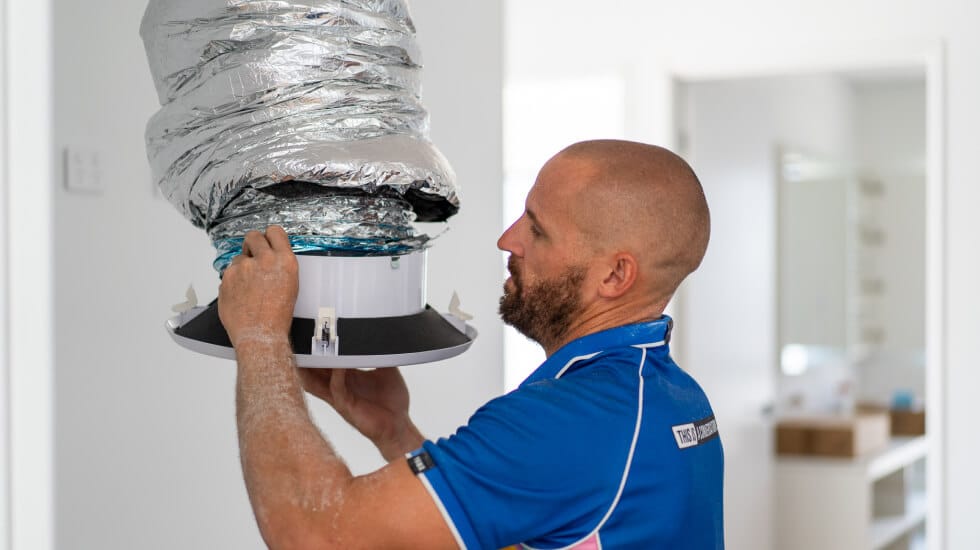
Comparing Zoned Systems with Traditional AC
When it comes to cooling our Aussie homes, we’re often faced with a choice between zoned air conditioning and traditional AC systems. Let’s dive into how these two stack up in terms of cost, performance, and user experience.
Cost Analysis
Zoned systems typically have a higher upfront cost due to their advanced technology and installation requirements. Yet, they often lead to significant energy savings over time. Traditional AC systems are cheaper to install but may result in higher energy bills, especially in larger homes where unused areas are cooled unnecessarily.
Performance Metrics
Multi-zone climate control systems shine in performance, offering superior energy efficiency and precise temperature regulation. They allow for customised cooling in different areas, reducing energy waste. Traditional AC systems, while effective, lack the flexibility of energy-efficient zoning, potentially leading to uneven cooling and higher energy consumption.
User Experience Differences
The user experience with zoned air conditioning is markedly different. These systems offer personalised comfort settings for various parts of the home, ideal for families with diverse temperature preferences. Traditional AC, on the other hand, provides a uniform temperature throughout, which may not suit everyone’s needs. The convenience and customisation of zoned systems often result in higher user satisfaction, especially in larger Australian homes.
In Closing
Zoned air conditioning represents a modern solution for achieving personalised comfort, energy efficiency, and cost savings. By dividing your living space into independently controlled zones, these systems adapt to your unique needs, ensuring optimal climate control throughout the year. With advancements like smart integration and precise temperature monitoring, zoned air conditioning goes beyond traditional cooling methods, offering a sustainable and tailored approach to home comfort. Whether you’re looking to reduce energy consumption, cut costs, or simply enjoy a more comfortable living environment, zoned air conditioning is a game-changing investment for the Australian climate.
Ready to upgrade your home with the comfort and savings of zoned air conditioning? Our team at Tenmen Electrical has the expertise to assess your property anywhere on the Sunshine Coast, and install the perfect aircon system tailored to your needs. Whether it’s a new installation or maintenance for your existing setup, our team is here to help.



